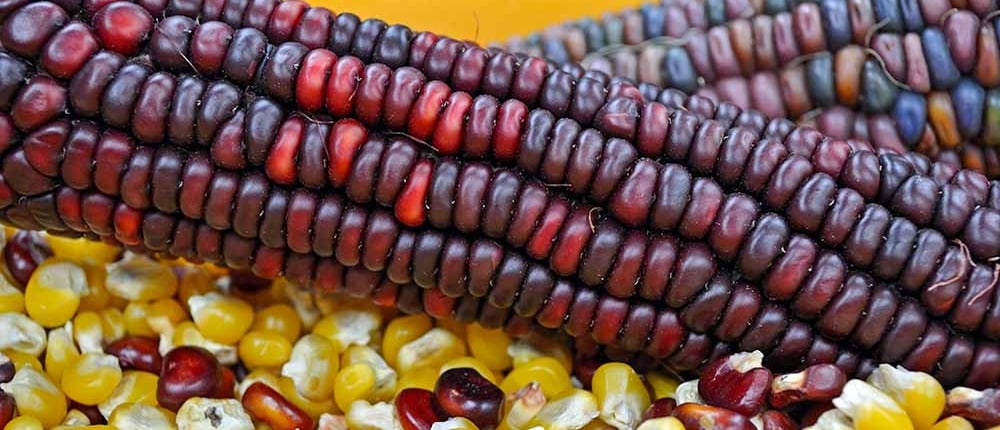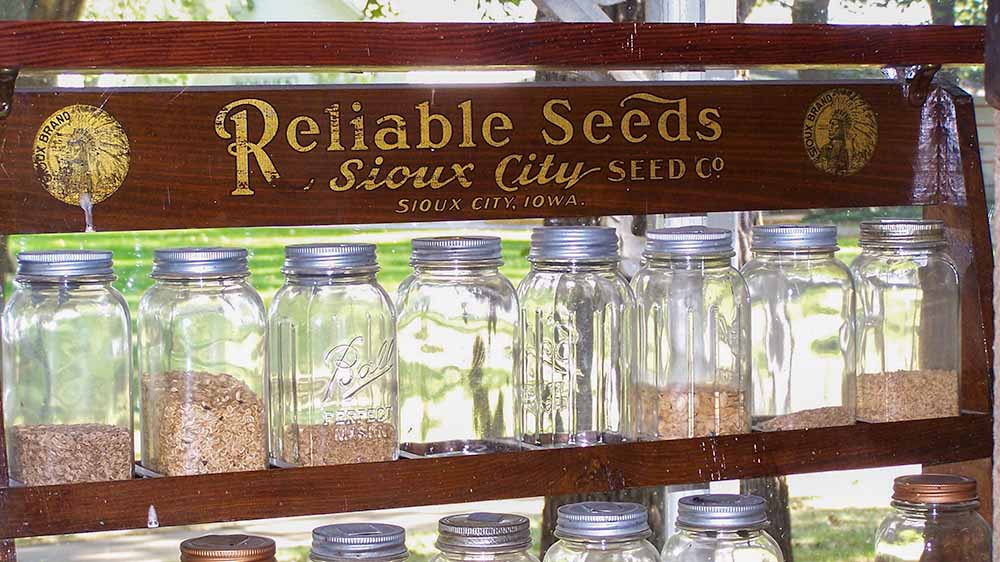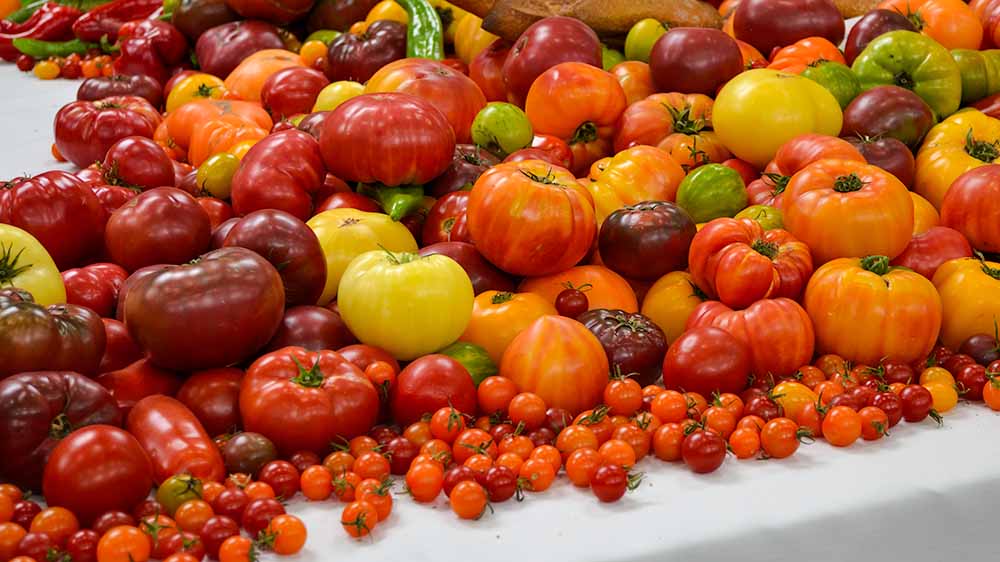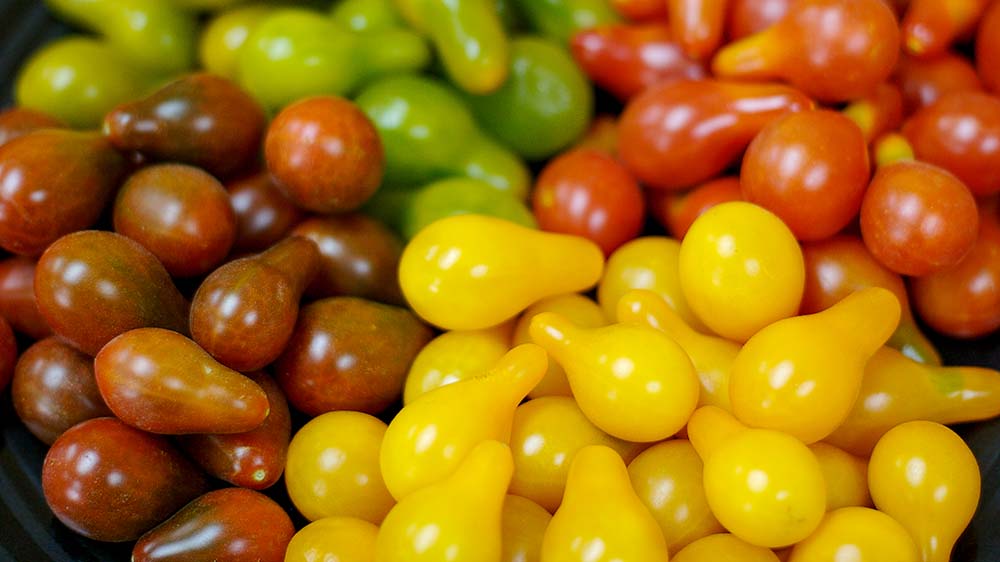What Are Heirloom Seeds?
The Secret to Vegetables with Unforgettable Flavor
How often have you tasted a store-bought tomato only to be met with the same old bland, watery disappointment? Have you ever wondered why they never tasted as good as those from your local farmer’s market?
This search for lost flavor has led many back to their gardens – and the wonders of heirloom seeds.
Think of heirlooms as a ticket to the past, like the Mortgage Lifter tomato. During the Great Depression, a resourceful West Virginia radiator repairman named Charlie Byles crossed different tomato varieties until he developed a giant, flavorful tomato. By selling his seedlings for $1 each (a hefty sum back then!), he paid off his $6,000 home mortgage in just six years. Heirlooms like this offer a taste of the past, a connection to generations who cherished flavor above all else. Understanding heirlooms will help you cultivate a garden with delicious flavors and captivating stories.
Antique seed dispenser – pull the porcelain handle above while holding the seed envelope under the circular opening.
Heirloom Seeds
Your Garden’s History Lesson
Heirlooms are more than just seeds; they’re treasures passed down through generations. Like family heirlooms—cherished furniture or fine china or silverware—heirloom seeds hold value—not necessarily in dollars, but in flavor, adaptability, productivity, hardiness, and the fascinating stories woven into their names and histories.
These unique seeds have thrived season after season, nourishing families as they journeyed across continents and oceans with families and built new lives.
Unlike many modern vegetables selected for uniformity and long shelf life, heirlooms remind us that a tomato can be striped, a bean can be purple, and that the best things in the garden often take time.
Antique seed storage stand.
Heirloom Benefits
Flavor, Adaptability, and Resilience
Flavor lies at the very heart of the heirloom garden.
These varieties offer a tantalizing taste of the past, a reminder of what fruits and vegetables used to be. Instead of the bland uniformity usually found in hybrids created for visual appeal and long-distance shipping, heirlooms bring a symphony of taste to the table.
They’ve been carefully selected and saved for generations because they offer something unique—tomatoes bursting with sweetness and a hint of smoke, carrots with deep, earthy complexity, and beans packed with rich, satisfying flavor. Heirlooms invite you to rediscover what fresh-picked produce should taste like. Forget watery, faintly acidic tomatoes—get ready for an experience that will transform your idea of what a summer harvest can be.
Heirloom varieties possess remarkable adaptability and resilience, often shaped by their journeys with families across continents and generations.
As these seeds traveled the world, they encountered new climates, different soil types, and unique growing challenges. Over time, sometimes even within just a few years, the most successful seeds adapted to thrive in their new homes. An heirloom tomato cherished for generations in Italy adapts over time to flourish in the desert Southwest—a testament to its hidden resilience. This built-in adaptability offers a unique advantage for home gardeners.
Experimentation is key! Some heirlooms will flourish, while others may need extra care. The journey of discovery is part of the pleasure.
Assortment of heirloom tomatoes.
Open-Pollinated
The Key to Heirloom Preservation
Open-pollinated means that a plant is pollinated naturally (by wind, insects, or birds), and its seeds will grow into plants with the same characteristics the following year. Home gardeners have preserved heirloom varieties for generations through this natural process. With open pollination, you hold the key to saving seeds and becoming a part of the plant’s continuing journey.
It’s important to note that while all heirloom seeds are open-pollinated, newer plant varieties are open pollinated but haven’t yet earned the “heirloom” title because they haven’t been passed on to a new generation.
Heirlooms vs. Organic
Understanding Organic Certification
Unlike “heirloom,” which describes a plant variety’s history, “organic” refers to how a crop is grown. Organic certification guarantees farmers follow specific practices to promote healthy soil, protect water resources, and avoid synthetic pesticides and fertilizers.
The USDA develops these strict standards, and independent organizations (like Oregon Tilth or CCOF) do the legwork. They inspect farms, review records, and test soil and water to ensure growers consistently adhere to these rigorous guidelines.
In summary, the “organic” label assures you that the produce was grown using specific, environmentally conscious methods.
Three varieties of heirloom chiles or peppers.
A Note on Hybrids and GMOs
While hybrids and GMOs are commonly used in industrial agriculture to prioritize traits like uniformity and yield, they are fundamentally different from heirlooms and often less appealing to the home gardener who prizes flavor over yield.
Hybrids – These are created by cross-pollinating two genetically different plants of the same species—think two tomatoes—to achieve specific traits like disease resistance or higher yield. Hybrids were initially developed in the 1920s and 1930s to support small, local growers who needed consistent production for nearby markets where freshness and flavor still mattered.
However, modern hybrids are vastly different, often prioritizing long shelf-life and uniformity over taste. You can identify hybrid seeds by the “F1” designation on the seed packet or description.
GMOs (Genetically Modified Organisms)—These have their DNA altered in a laboratory, often with genes from other species, to introduce traits like herbicide resistance. GMOs raise concerns about safety and long-term effects that are still being studied.
Heirlooms, on the other hand, celebrate the natural diversity and time-tested flavors of the plant world. Their open-pollinated nature and focus on flavor over mass production make them ideally suited to the home garden.
Four colors of heirloom cherry tomatoes.
Why Heirloom Seeds?
It’s All About Flavor
Many gardeners are drawn to heirlooms because they search for flavors often lost in modern produce. The outstanding characteristic of heirloom varieties is, above all else, their depth of flavor. This unparalleled taste has ensured their preservation across generations.
The recent surge of interest in heirlooms speaks volumes. Once gardeners experience these varieties’ remarkable range and richness, they’re hooked. Home gardens are once again becoming places where flavor reigns supreme – a delightful shift away from focusing solely on yield, uniformity, and disease resistance.
By choosing heirlooms, you move beyond the ordinary and start a delicious adventure that connects you to the past.
From Our Garden to Yours
Why We Love Heirlooms
We’ve been gardeners long before Cindy and I started our heirloom seed business – almost 30 years now. More specifically, Cindy was the gardener, and I was the cook. We would write out new recipes we wanted to try or old favorites that we loved, list the ingredients that couldn’t be bought locally, had no flavor, or were too expensive, and grow those in our garden.
At first, we grew everything – hybrids and heirlooms – simply because we didn’t know any different. After a couple of years, we started to notice that particular tomatoes were better, with richer, deeper flavors – and a side benefit, they grew better as well.
Over time, we grew only heirloom and open-pollinated varieties because they tasted better and grew better in our home garden in the arid Southwest.
When we were working on the foundations of our seed business in 2008, we knew we would work with and offer the same type of seeds that had blessed our garden with unforgettable flavors, dishes, and success—primarily heirlooms, along with carefully chosen newer open-pollinated varieties that we loved.






